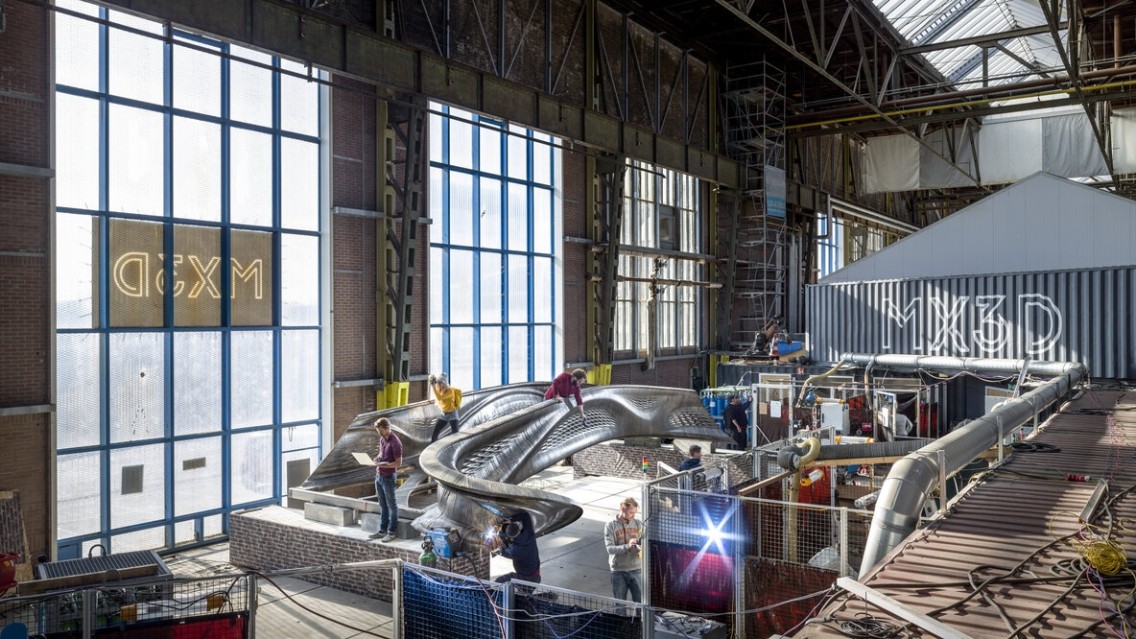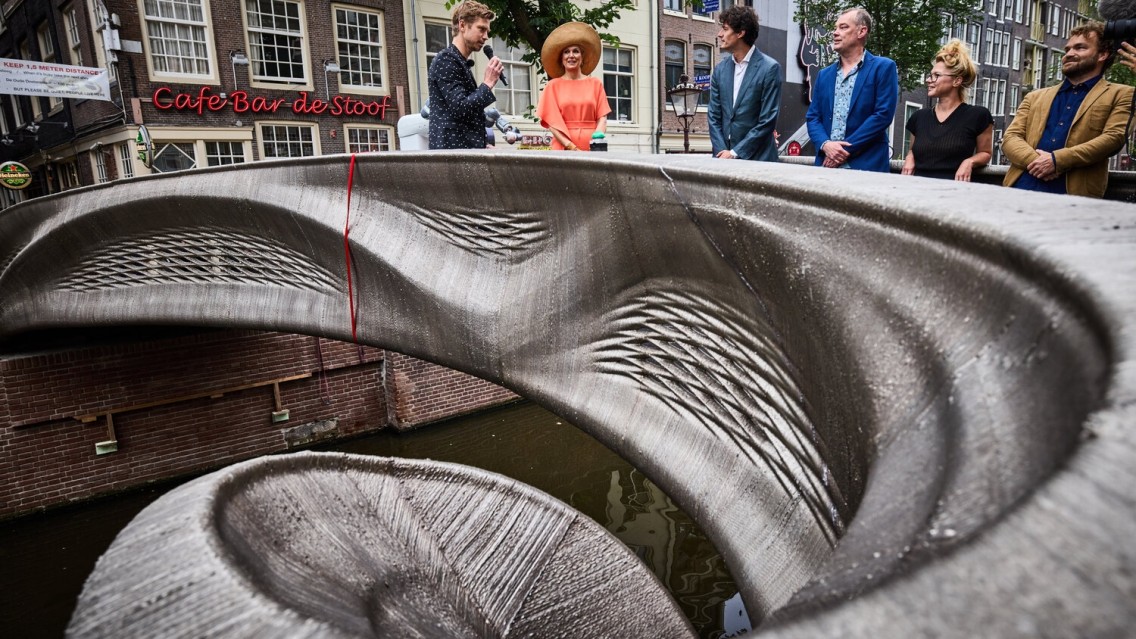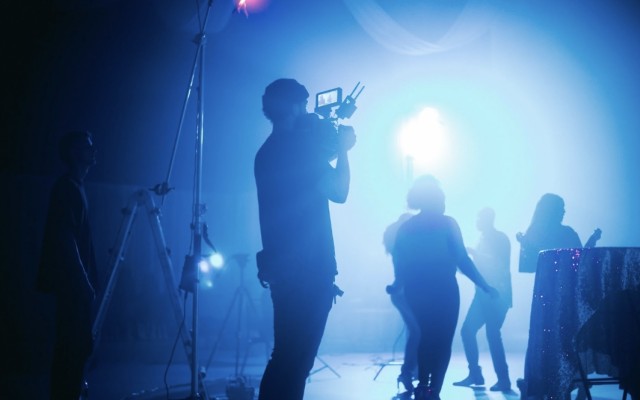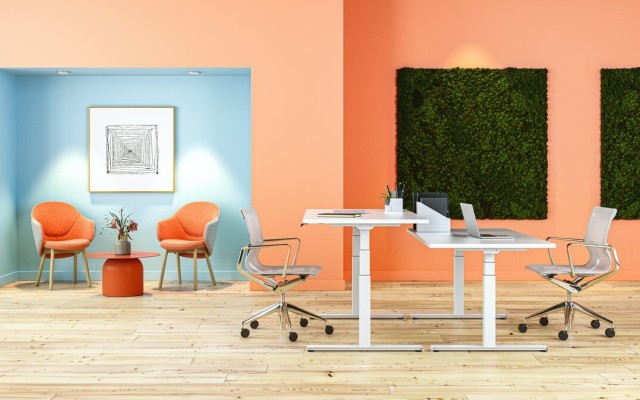 Design a 3D-Printed Canal Bridge?
Design a 3D-Printed Canal Bridge?
Article
same time as a quick shower
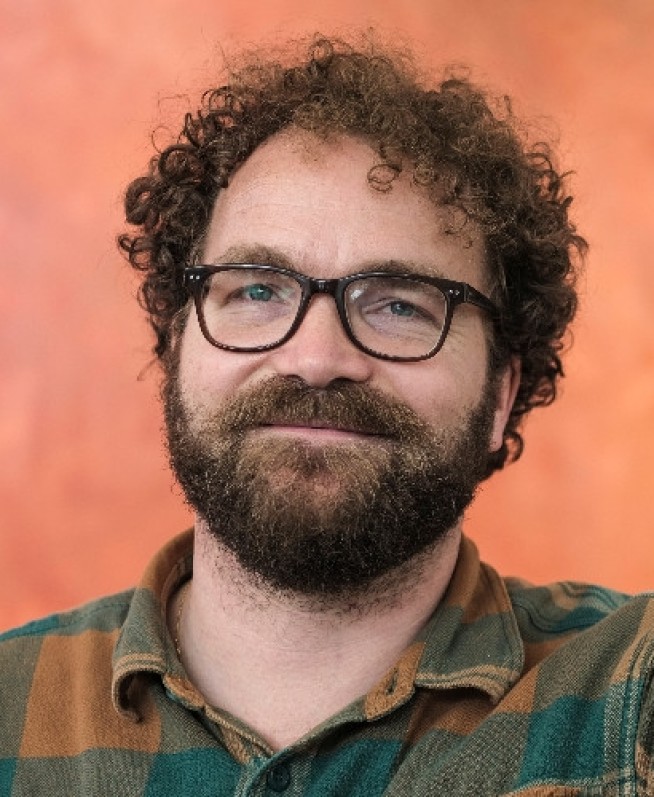
Gijs van der Velden
CEO of MX3D
It took six years, countless redesigns, 4,500 kilograms of stainless steel, and several six-axis robotic arms to complete the 3D-printed canal bridge in the Red Light District of Amsterdam.
Opened in July 2021 by Queen Maxima of the Netherlands, the project came to life through intense collaborative efforts between the municipality of Amsterdam, robotics company MX3D, and Joris Laarman Lab among many others.
We look back on the project with Gijs van der velden, CEO of MX3D.
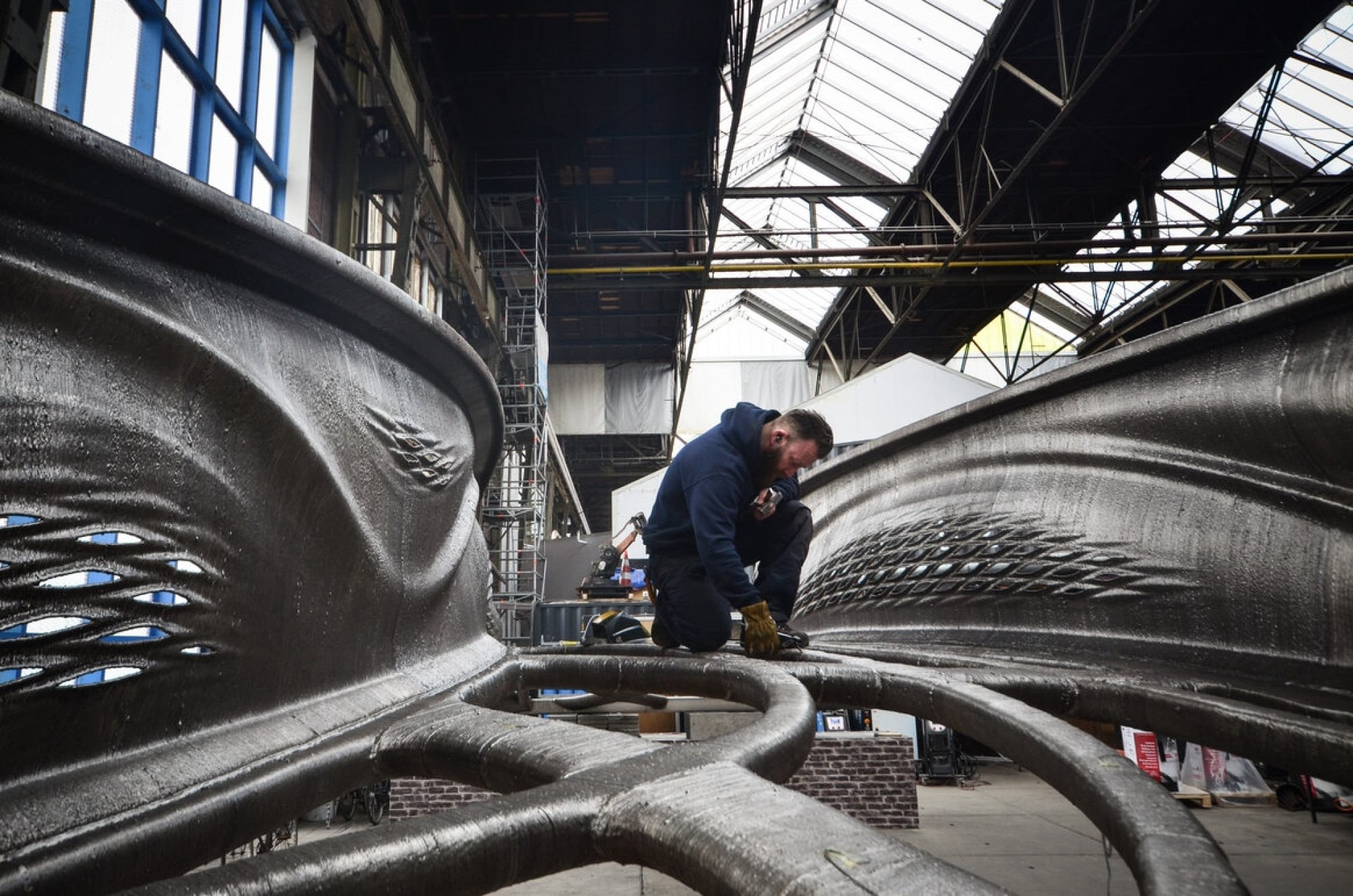

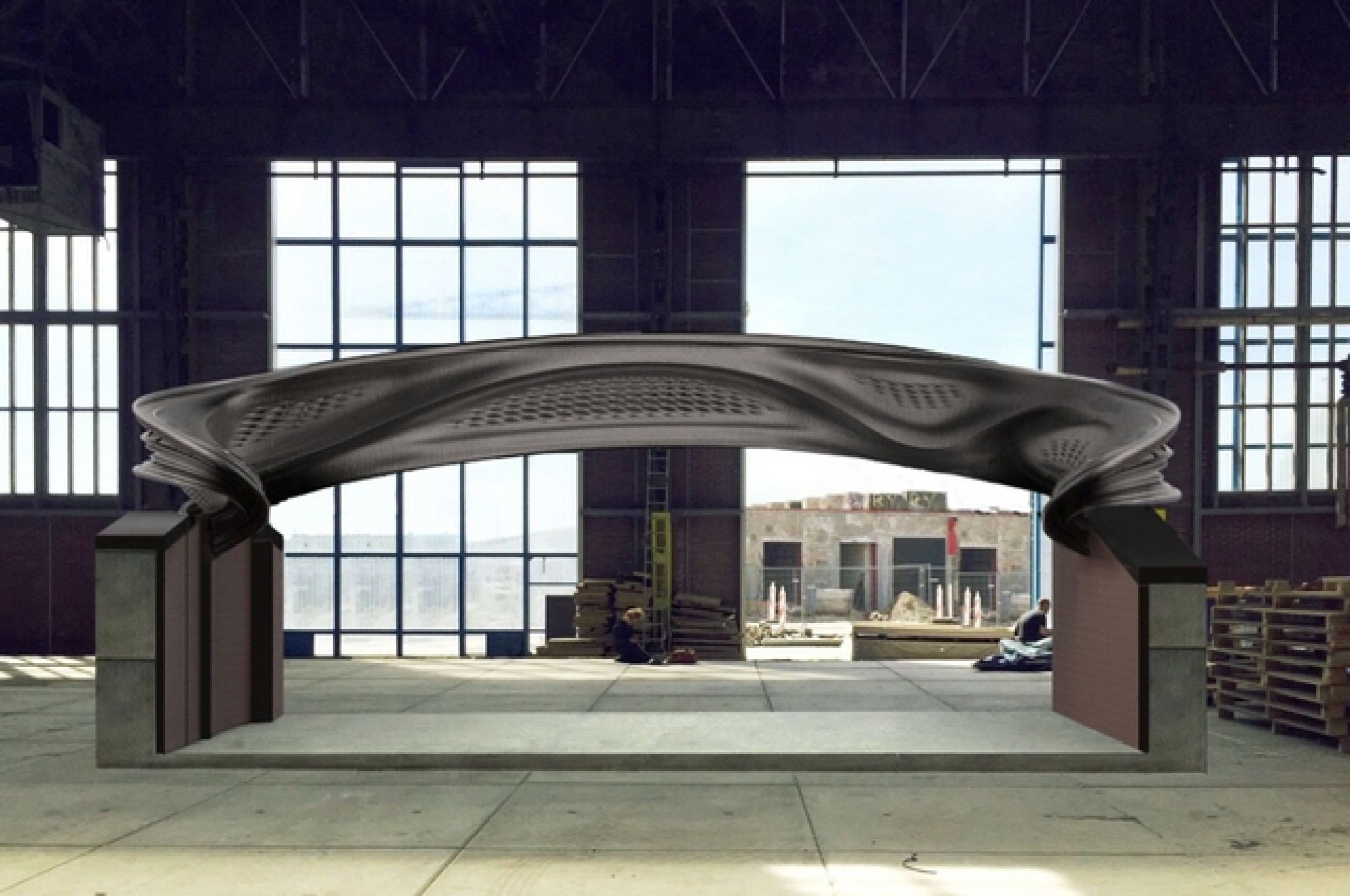
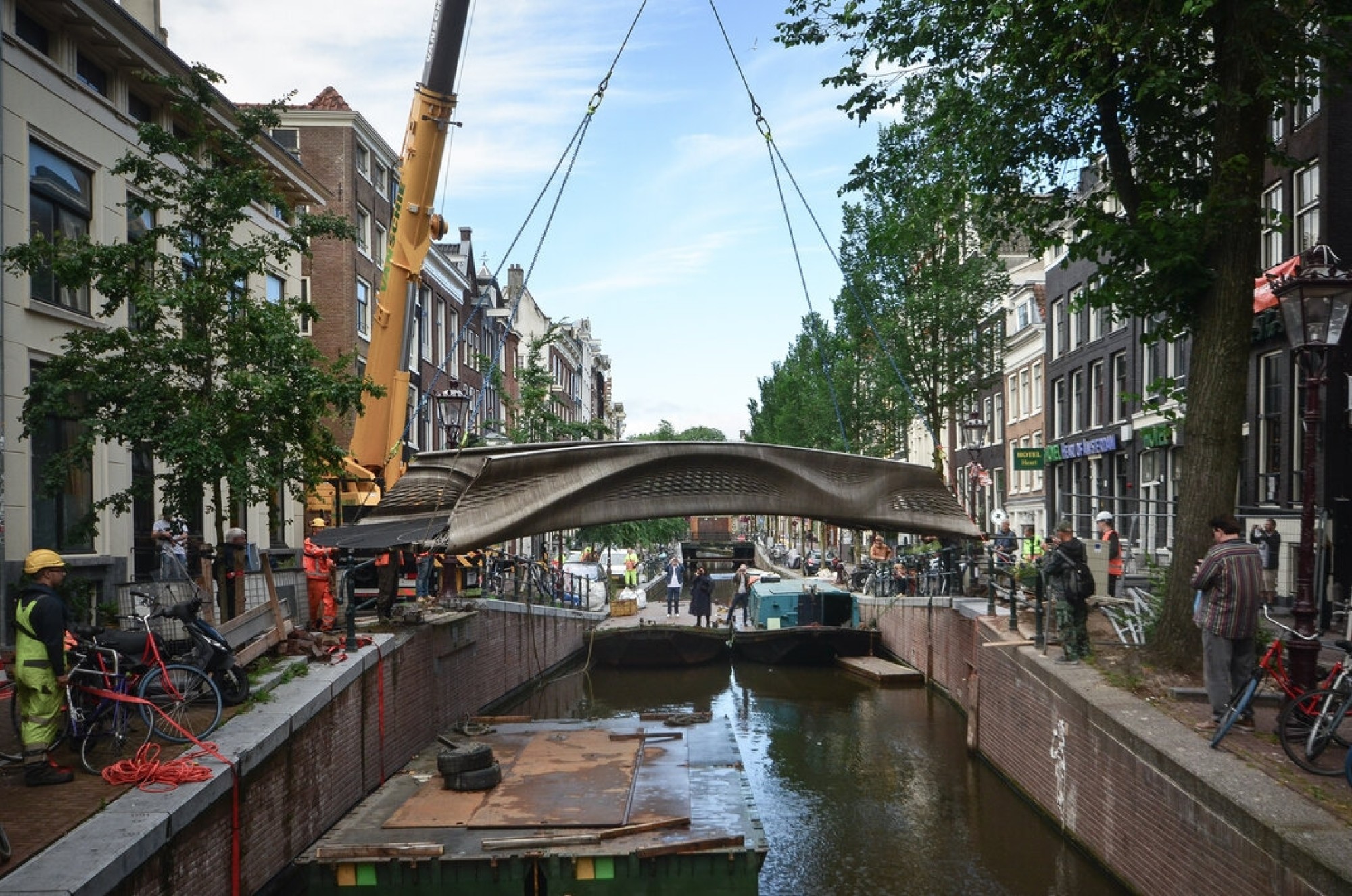
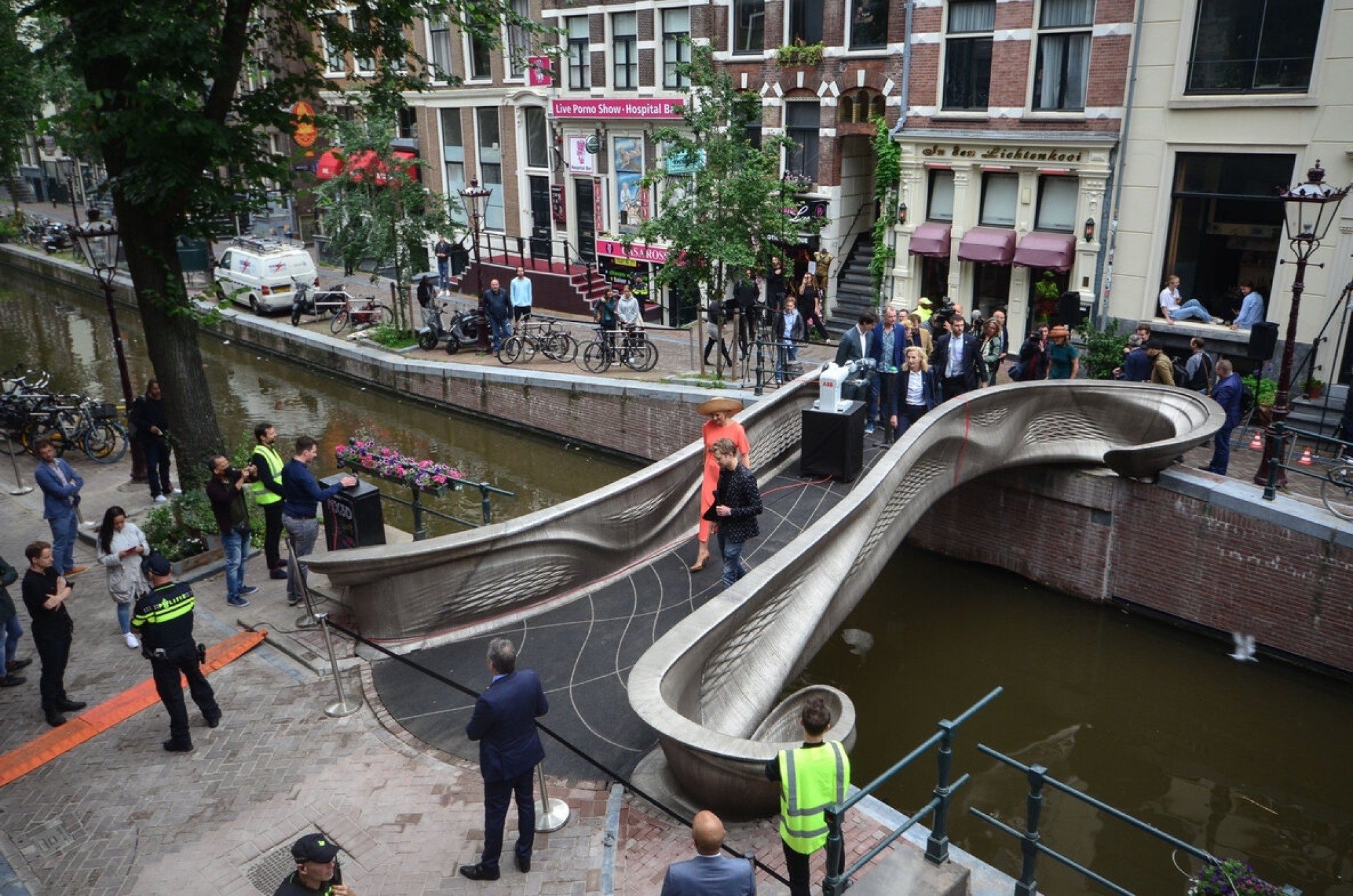
We made this massive submit button to show that we are truly interested in hearing about your projects.
Articles

